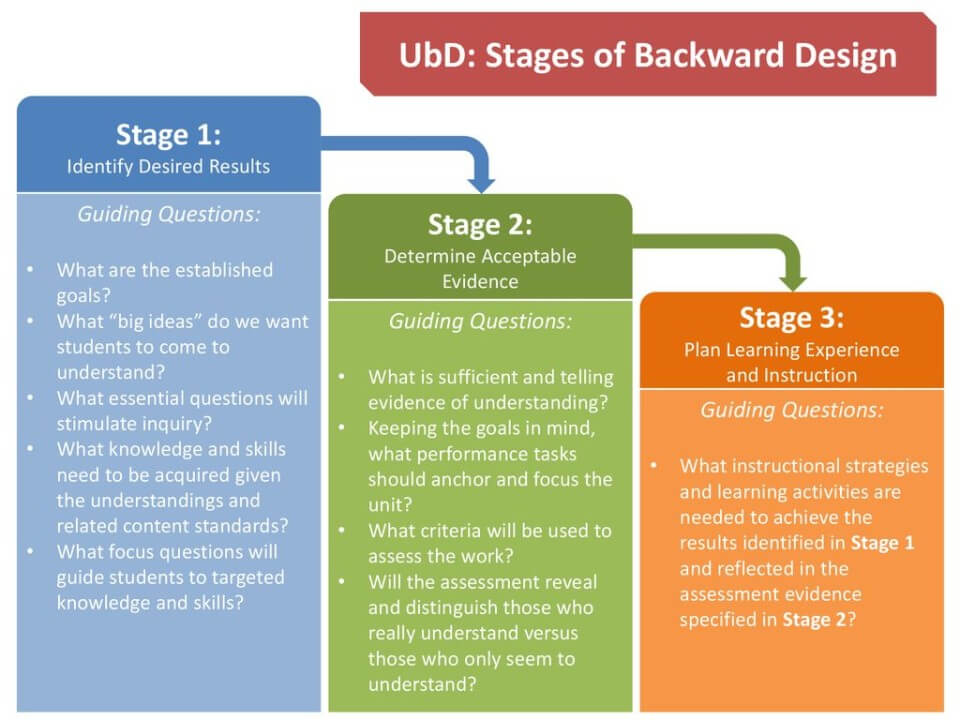Learn how the Understanding by Design (UbD) framework can transform curriculum planning, teaching, and assessment for K12 educators using the principles of backward design.
How To Use UbD Backward Design in Your Classroom

Understanding the UbD Framework for K-12 Education
The Three Stages of Backward Design in UbD
Why UbD Enhances K-12 Learning Outcomes
Why UbD is Essential in the 21st Century Skills for Educators Planning Lessons
In today’s dynamic landscape, students must develop critical skills like problem-solving, creativity, collaboration, and the ability to apply knowledge to novel situations. The UbD framework addresses this by emphasising the transfer of learning—helping students connect what they learn in classrooms to real-world contexts. Through its three-stage process (identifying desired results, determining evidence, and planning learning experiences), UbD ensures that teaching is purpose-driven and assessment aligns with clearly defined goals. This focus on enduring understandings and essential questions encourages deeper engagement and critical thinking, which are crucial for thriving in the 21st century.
Furthermore, the UbD framework is highly adaptable, making it ideal for integrating emerging trends like technology in education and interdisciplinary teaching. It promotes an inquiry-based approach that fosters lifelong learning, encouraging students to see beyond facts and figures and delve into the “why” and “how” of their learning. By bridging the gap between academic knowledge and practical application, UbD empowers educators to cultivate learners who are not only knowledgeable but also innovative, empathetic, and ready to face the challenges of an ever-changing world.
For More Information: Click here!
Why Use UbD Framework? Final Thoughts
The Understanding by Design (UbD) framework is a powerful approach that transforms traditional lesson planning by focusing on backward design—starting with the desired learning outcomes and working backward to create meaningful learning experiences. By integrating structured elements such as WHERE Plan format, educators ensure that students engage deeply, develop essential skills, and achieve a profound understanding of key concepts.
UbD promotes intentional teaching, helping educators move beyond rote memorization to foster critical thinking, problem-solving, and real-world application. Its flexibility allows adaptation across subjects, grade levels, and learning environments, making it a universally applicable tool for effective curriculum design.
When applied consistently, UbD not only enhances student engagement and comprehension but also empowers teachers to create purposeful, student-centered instruction. As schools and educators continue to explore innovative pedagogies, UbD remains a foundational approach that aligns education with long-term mastery and meaningful learning experiences.
